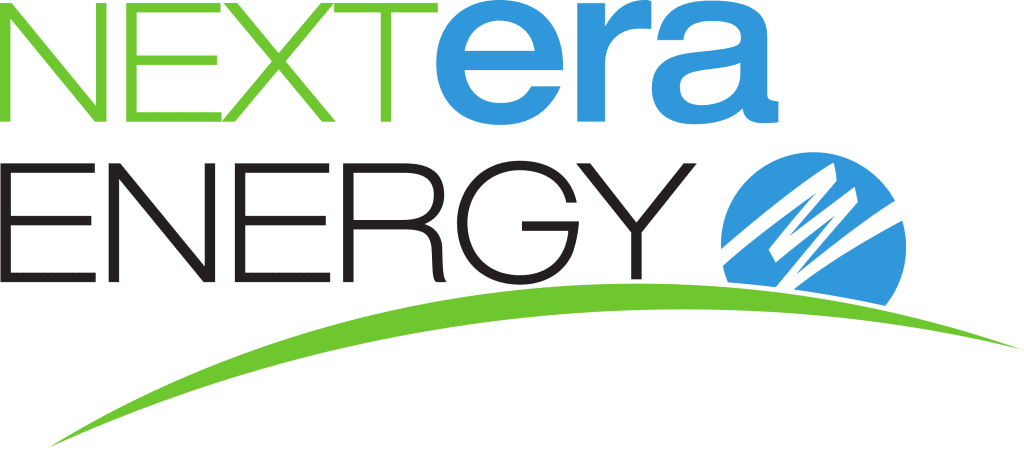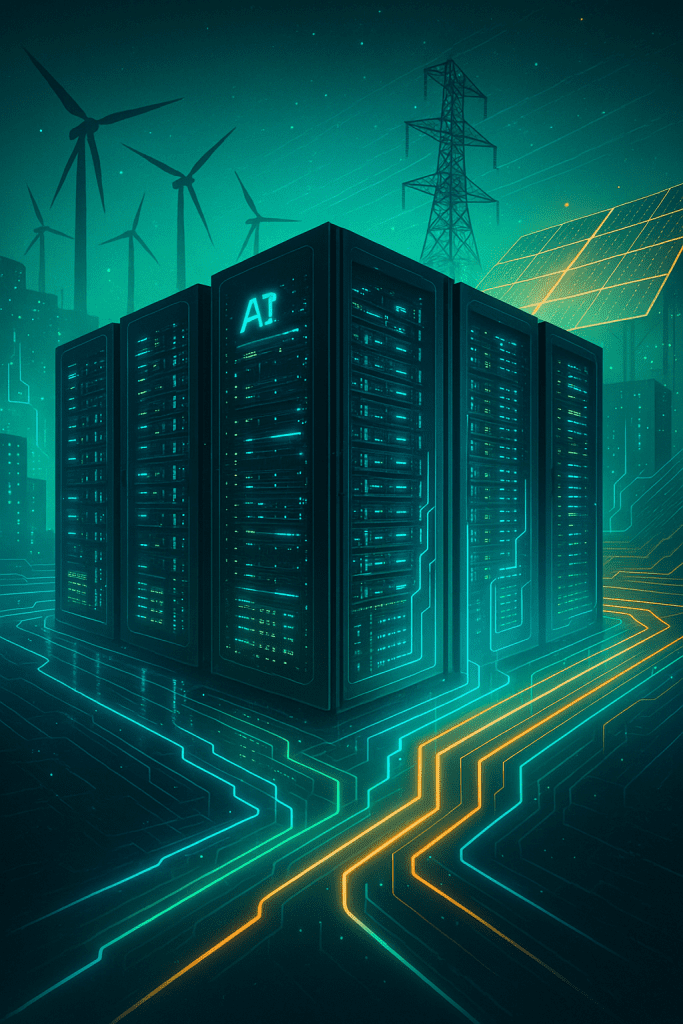– Trend Insight by FinancePick
Why AI Workloads Are Ramping Up Power Demand
AI data center electricity demand is on a rocket trajectory. The International Energy Agency projects global data center electricity use will more than double by 2030, reaching around 945 TWh—equivalent to Japan’s total consumption. In the U.S., data center demand could nearly double this decade, pressing aging grids and creating severe infrastructure bottlenecks. This makes power management and renewable capacity central issues not only for hyperscalers but also for investors and policymakers.
Vertiv — Power & Cooling Specialist Riding the AI Wave

- Strengths
Vertiv specializes in digital infrastructure for AI data centers—UPS, power distribution, and thermal management. They are innovating with AI-powered software (through their Waylay acquisition) to optimize operations and reduce downtime.
- Weaknesses / Risks
Intense competition from ABB, Schneider, and other global players. Profit margins are vulnerable to cost pressures due to high capex requirements.
- Catalysts
Continued roll-out of Vertiv 360AI solutions, Nvidia partnerships for scalable cooling, and expanded adoption of AI-driven efficiency systems.
Eaton — Pioneering the Transition to HVDC for AI Racks

- Strengths
Eaton is collaborating with NVIDIA to shift AI data centers toward high-voltage DC (HVDC) infrastructure. This enables more efficient and centralized power delivery to GPU-dense racks that can exceed 1 MW per cluster.
- Weaknesses / Risks
Massive capital requirements and operational complexity make HVDC rollout challenging. Transitioning from AC to HVDC across facilities is costly and takes time.
- Catalysts
Partnerships with GPU manufacturers, modular grid-independent systems, and new designs for next-gen AI facilities.
NextEra Energy — Powering AI with Renewables & Storage

- Strengths
NextEra has become one of the biggest winners of AI-driven energy demand, recently beating profit estimates on the back of surging data center consumption. Their renewable and storage backlog with tech and data center clients now tops 6 GW, pushing their total pipeline beyond 10.5 GW.-
- Weaknesses / Risks
Revenue volatility remains, as capacity deployment often lags behind demand. Regulatory and permitting delays continue to be bottlenecks.
- Catalysts
Expansion in Florida Power & Light, renewable microgrids tailored for hyperscalers, and long-term AI-focused energy agreements.
Quick Comparison
| Company | Strengths | Weaknesses / Risks |
|---|---|---|
| Vertiv | AI-powered power & cooling, ecosystem design | Margin pressure, strong competition |
| Eaton | HVDC leadership, grid-to-chip solutions | High cost, deployment complexity |
| NextEra | Renewables + storage scale for AI clients | Volatile schedules, permitting hurdles |
Market Outlook

The AI era is rewriting the energy landscape. Utilities and infrastructure providers must adapt by deploying renewables, microgrids, HVDC power systems, and advanced cooling technologies. Governments are also being pressured to fast-track permitting to prevent power shortages. As AI workloads accelerate, Vertiv, Eaton, and NextEra stand at the intersection of technology and energy—providing critical infrastructure to keep the digital economy running.
Disclaimer
This article is for informational purposes only and does not constitute financial advice. Please do your own research or consult a financial advisor before making investment decisions.
